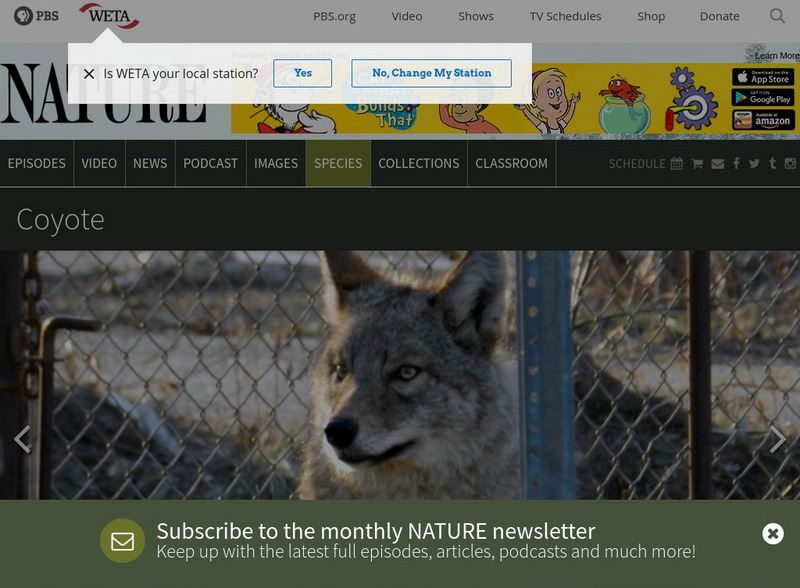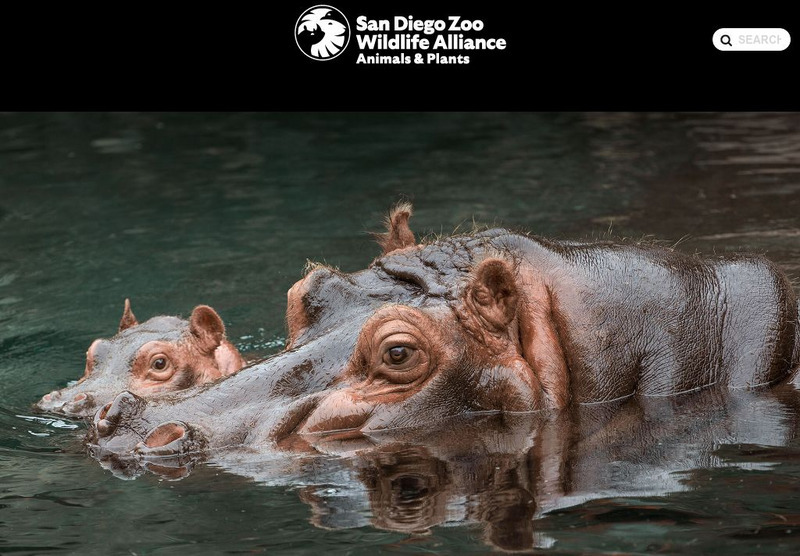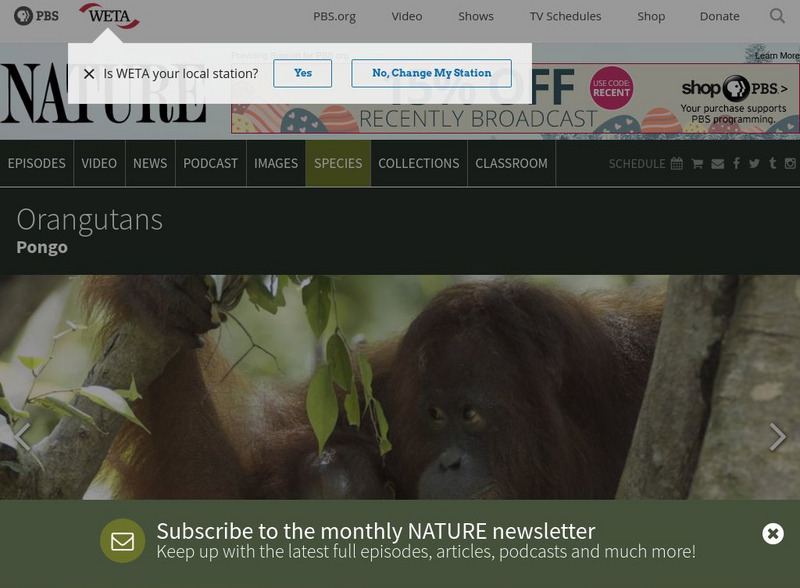Hi, what do you want to do?
New York State Department of Environmental Conservation
Adaptations – Designs for Survival
What's the difference between behavioral adaptations and physical adaptations? Learn about the various ways that organisms adapt to their environment with a worksheet about the creatures of the Hudson River.
Consortium for Ocean Science Exploration and Engagement (COSEE)
Fish Morphology
Life comes in all different shapes and sizes, and fish are no exception. Here, young scientists create fish prints as they learn how specific characteristics allow different species to survive in their particular habitats.
NC State University
Nc State University: General Entomology, Elements of Behavior
Behavior is what animals do. It can be defined more precisely as an internally directed system of adaptive activities that facilitate survival and reproduction. Ethology is the scientific study of animal behavior -- particularly when...
Annenberg Foundation
Annenberg Learner: Journey North: Adaptations: Fit for Survival
This lesson plan will help students explore adaptation, especially as it relates to migration. Students will come to realize that adaptations can be behavioral as well as physical. Students are assigned a particular animal to investigate...
Sea World Parks & Entertainment
Sea World: Animal Bytes: Gorillas
This site from SeaWorld/Busch Gardens provides a wealth of information regarding gorillas. Content includes a focus on gorilla habitats and distribution, physical characteristics and special adaptations, senses, behavior, diet,...
PBS
Pbs Nature: Coyote
What do you know about coyotes? Learn more about how adaptable this animal is to new surroundings when you check out this informative resource. Explore this website to find more facts and information ranging from what these animals eat...
Smithsonian Institution
National Museum of Natural History: Hall of Mammals: Pronghorn
Brief overview of the pronghorn and accompanying photos demonstrate the physical adaptations that allow this animal to be one of the fastest mammals.
Smithsonian Institution
National Museum of Natural History: Hall of Mammals: Crabeater Seal
Brief overview of the crabeater seal and accompanying photos demonstrate the physical adaptations that allow this animal to eat and survive.
Smithsonian Institution
National Museum of Natural History: Hall of Mammals: Vampire Bat
Brief overview of the vampire bat and an accompanying photo demonstrate the physical adaptations that allow this animal to eat to survive.
Smithsonian Institution
Smithsonian National Zoo: Meet Our Animals
This site from the National Zoological Park provides extensive information about many types of animals. Just click on the category you need. Includes pictures and live web cams.
San Diego Zoo Global
San Diego Zoo: Hippotpotamus
This resource presents detailed information about the hippotpotamus, including several photos and an audio clip.
BBC
Bbc: Nature Wildfacts: Hippopotamus
This resource provides detailed information about hippopotamuses.
PBS
Nature: Cheetah
What are some of the cheetah's distinctive characteristics? Come and check out this resource featuring fun facts and information about the cheetah.
PBS
Pbs Nature: Orangutans
Come and check out this awesome resource on orangutans. Students who need help narrowing their informational search will benefit from this clear and concise resource.
BBC
Bbc: Nature Wildfacts: Clouded Leopard
To learn more about this particular leopard, examine these photos and study the detailed fact sheet.
Chicago Zoological Society
Chicago Zoological Society: Zoo Explorer: North American River Otter
Familiarize yourself with the North American river otter by browsing this brief overview from the Brookfield Zoo. This animal guide includes quick facts and information on the appearance, habitat, social and eating habits, and other...
















